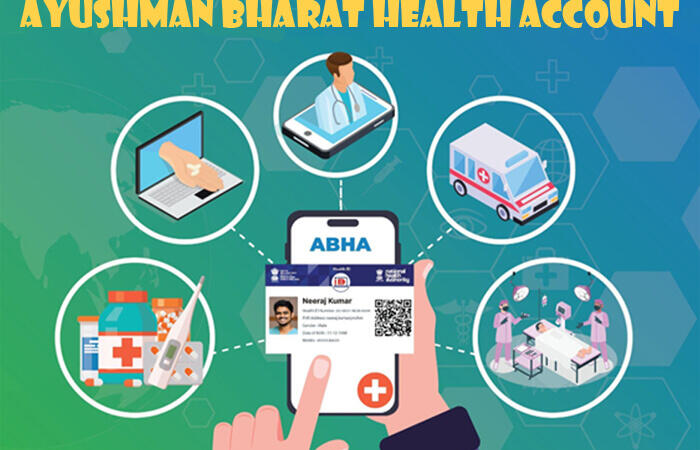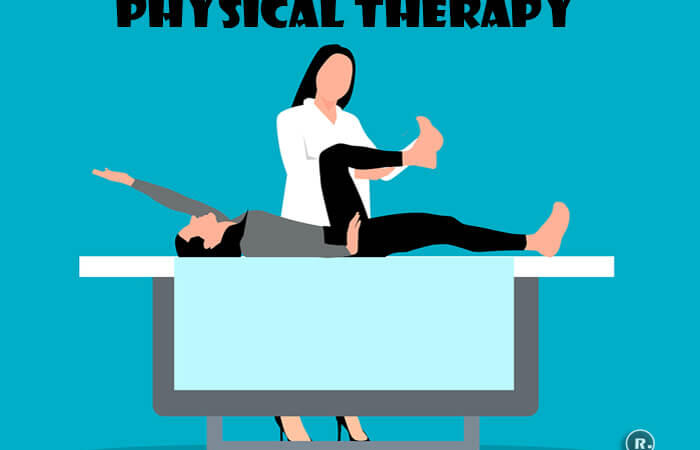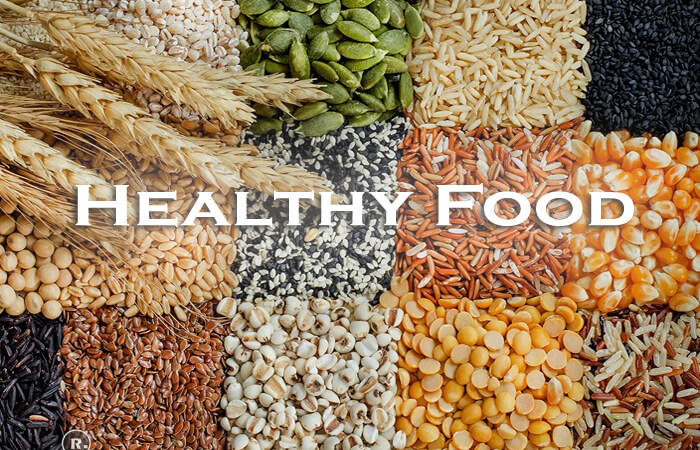Low-Carb Diet Tips
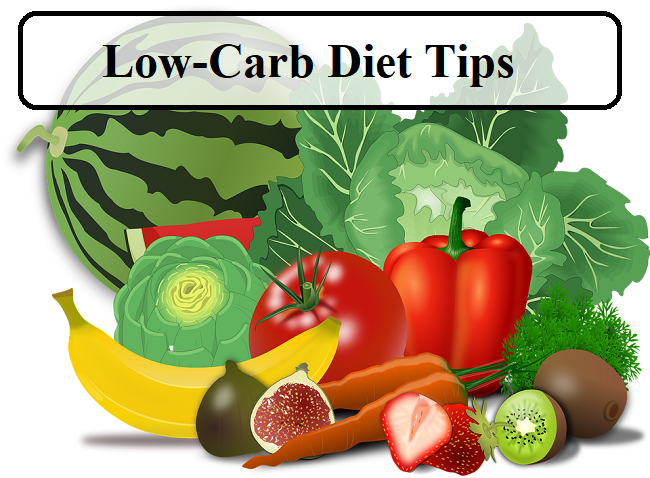
Low-card Diet or Ketogenic Diet means a limited number of carbohydrates you eat, and more proteins, healthful fats, and vegetables. Cutting back on carbohydrates and sugar is hard at first, but if you follow the plan then it will help you reach your weight-loss goals.
A low-carb diet is known for reducing food cravings and burning fat more efficiently. It works wonders but the main trouble is keeping you with the diet plan.
These tips will help you out to stick and stay on track and help them lose weight successfully.
What foods are low-carb
Permitted foods of the low-carb, high-fat diet include: Low Carbohydrate Foods
- Meat
- Fish
- Poultry
- Eggs
- Cheese
- Green Vegetables
The foods that you want to avoid include:
- Bread
- Pasta
- Rice
- Potatoes
Low-carb diet tips
1. Healthy eating
Healthy eating means getting a wide variety of foods each day.
- Vegetables
- Whole grains
- Fruits
- Nonfat dairy products
- Beans
- Lean meats
- Poultry
- Fish
2. Carb counts and serving sizes of foods
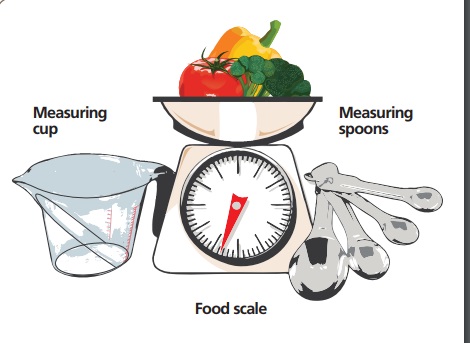
Healthy eating also means not only the right types of foods but also the right amounts. You can eat too many healthy foods! For example, a small 4-ounce apple (the size of a small fist) has about 15 carb grams. A large apple has about 30 carb grams.
To make sure your portions are right, you need to weigh and measure your foods after they are cooked. Do you need to do this every time you eat? No. But it’s helpful if you weigh and measure your foods when you first start watching your portion sizes. It’s also helpful to continue weighing and measuring your foods every once in a while, just to make sure your portions haven’t grown over time.
If you can’t measure then estimate it. If you are dining out or you’re unable to use measuring cups and spoons or a scale, you can use your hand to estimate portion sizes.
3. Make a meal plan
You need to create a healthy meal plan and make things easier. You can make a meal plan ahead of going to the grocery store, planning meals in advance will help you to stick to your diet and also help in your shopping in advance.
Make your meal plan goals and write them down.
- Limit daily carbohydrate intake to no more than 10 percent
- Eat no foods that contain sugar or white flour
- Eat foods in high saturated or monounsaturated fats
- Eliminate caffeine intake
- Take fiber supplements
- Take vitamin and mineral supplements
- Consume plenty of water
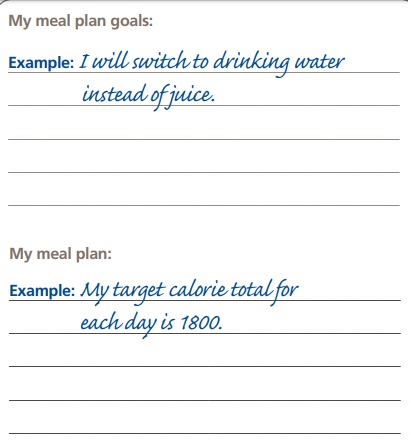
Be sure you are adhering to your meal plan goal.
4. Meal prep
Plan your meal in advance and if possible you can prepare some meals ahead of time too. But while preparing the meal keep the thing in mind that you are not going to make unhealthy food choices. If you like to cook then you can prepare all healthy meals every time. Use fats that are healthy in preparing the meals, like virgin coconut oil and extra-virgin olive oil. You can prepare bigger lots of meals and can use them the second day or freeze the leftovers.
5. Eat low-carb snacks
Never starve yourself and go without eating. Keep some low-carb snacks handy, low-carb snack that contains protein is the best strategy when hunger strikes between meals. Some of the healthy snacks you can eat are Almonds, Peanuts, Macadamia nuts, Hazelnuts, Pecans, Walnuts, and Cheese.
6. Eliminate Sugar-Sweetened Drinks

Sugar-sweetened beverages are very unhealthy. They are very high in sugars, if you want something refreshing and tasty then try adding some lemon in water or iced tea. If needed, you can use a small amount of low-calorie sweetener, but sugar substitutes should always be used in moderation.
7. Substitute Low-Carb Flours for Wheat Flour
Wheat flour is a high-carb ingredient, even whole wheat flour which contains more fiber than refined white flour has enough amount of carb. There are many other types of flours in the market made from nuts and coconuts and can be used as an alternative. Almond and coconut flour is the best alternative to wheat flour.
8. Emphasize Non-Starchy Veggies
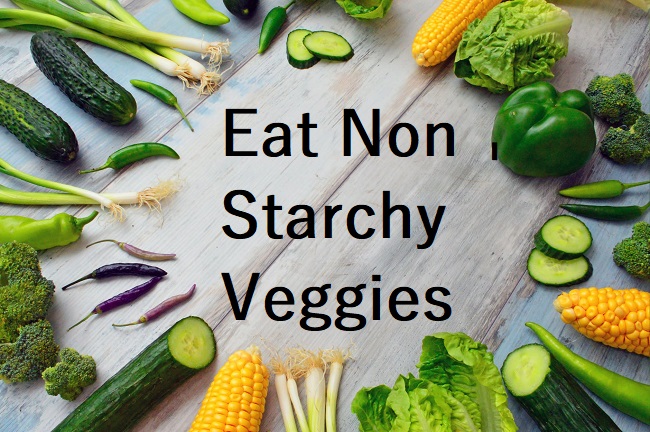
Vegetables are low in calories but rich in vitamins, minerals, and other important nutrients, but it is important for you to select non-starchy vegetables. Vegetables that grow above the ground are high in fiber and low in carb, and vegetables that grow below ground contain more carbs. Most root vegetables and legumes, such as carrots, beets, sweet potatoes, peas, lima beans, and corn, are moderately high in carbs.
9. Choose Dairy That is Low in Carbs
Dairy products contain calcium, magnesium, and other important minerals, but they are high in carbohydrates. Dairy also contains conjugated linoleic acid (CLA), a type of fatty acid that has been shown to promote fat loss. As a good choice, you can use dairy products without any sugar content in them, for low-carb like yogurt, Milk, Cottage cheese, cheese.
10. Exercise appropriately
Exercise is an important factor for overall health. If you follow a low-carb diet but still are not losing weight that means you are missing out somewhere. Exercise can help you lose weight by improving your metabolic health, increasing your muscle mass, and making you feel awesome.
Disclaimer: The article is just for informational purpose. And all information facts are personal opinion of the author.

